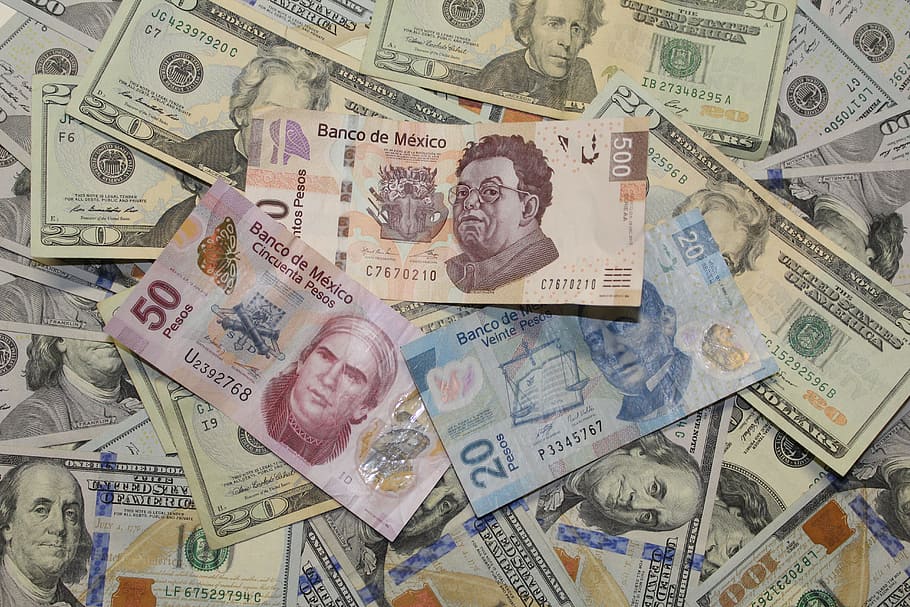There is a village. The village has 3 farmers, 2 weavers, and one moneylender.
In one year, the farmers grow crops worth 300 rupees. The two weavers make cloth worth 200 rupees, and the moneylender earns 50 rupees as the interest on the amount he has loaned.
So the Total (Gross) Domestic Production of the village is:
Farmers – 300
Weavers – 200
Moneylender – 50
Total – 550
This is the Gross Domestic Product (GDP) of the village.
When we apply that same concept to a state, that becomes the GDP of the state. Likewise, the total of ALL the production of all the farmers, industrial units, and service units (like banks, software companies etc.) is the GDP of the country.
Because people in a country grow every year, it is important for countries to also increase their production every year. This is called the GDP growth of the country.
What are primary, secondary, and tertiary sectors?
In our example above, the farmers produce goods that are necessary for our survival, and are consumed without too much processing. They form the agricultural or primary sector. Agriculture, poultry etc. all form the primary sector.
The weavers produce something from the cotton that is grown by the primary sector. They set up machinery and create clothes. They form the industrial or secondary sector. The secondary sector is largely manufacturing.
But there is a third sector, which doesn’t take physical things as inputs or create physical things like a farmer or a factory. It provides services that make it possible for the other two sectors to do their work. This is called the services or tertiary sector. The money lender, in the example above, is the tertiary sector. Other examples of tertiary sectors are software companies, banks, digital payments, domestic staff, recruitment agencies, etc.


One Reply to “Understanding GDP, Primary, Secondary, and Tertiary Sectors”
Comments are closed.